Study Leave Trip To Jordan
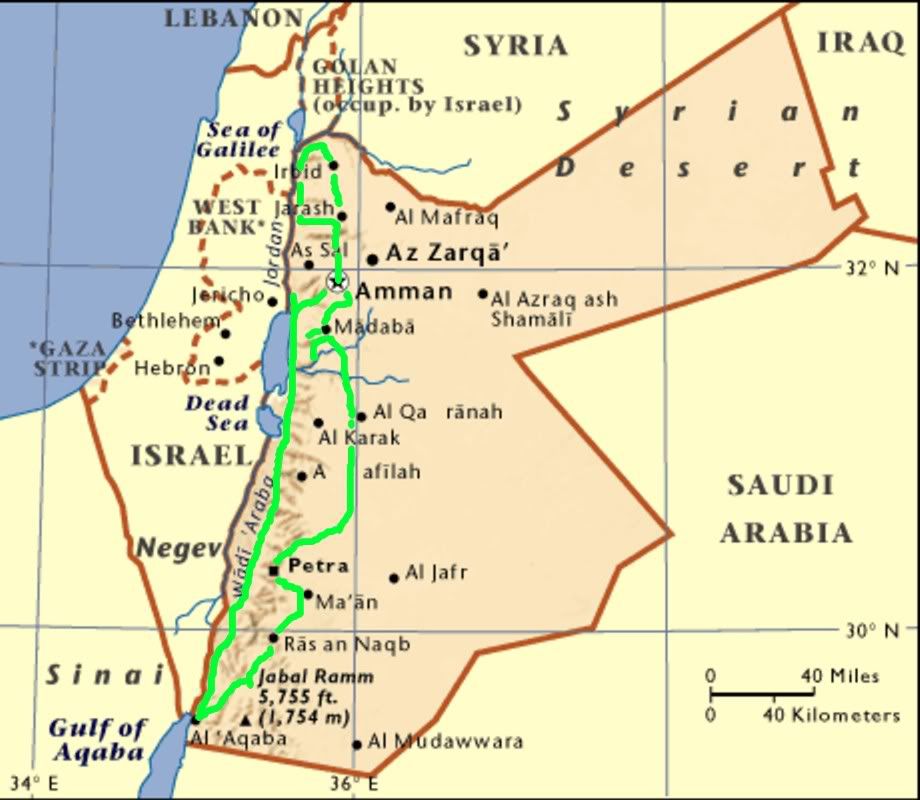 This is a photo-narrative of my recent trip to Jordan. Be sure to click on the pictures if you would like to see them in a larger size.
This is a photo-narrative of my recent trip to Jordan. Be sure to click on the pictures if you would like to see them in a larger size.On September 30 I left Honolulu on a flight to New York. There, on Saturday, October 1, my tour to Jordan began with a flight to Amman, Jordan, on Royal Jordanian Airlines. The tour ended the following Saturday evening, October 8, back at JFK Airport after a return flight from Amman.
Trip Summary
Our Tour Leaders
Places
The tour began and ended at JFK Airport in New York where the transportation was provided by Royal Jordanian Airlines with service direct to the capital city of Jordan, Amman.
The tour covered virtually the entire western (and most populated and productive) region of Jordan stretching from Um Qais (ancient Gadara, where Jesus cast demons into nearby swine) in the far north to the city of Aqaba on the Red Sea in the south.
Highlights of the tour itself included:
The Muslim Crusader-era fortress of Anjoun;
The remains of the Greco-Roman city of Pella;
The northern Jordan River valley;
Bougainvillea--Um Qais/Gadara
Remains of Temple--Gadara
Columns--Temple of Artemis--Jerash
Temple of Artemis--Jerash (from inside)
Temple of Artemis--Jerash (sunset)
Main Street (Cordo)--Jerash
Oval Plaza (at Western end of Cordo)--Jerash
The River Jabbock (known for its association with Jacob in Genesis ;
River Jabbock (Wadi Zerqa)
The city of Madaba with its famous Byzantine mosaic of the Holy Land;
Byzantine City of Jerusalem (Madaba mosaic)
Mt. Nebo, where Moses was allowed to view the Promised Land just before he died;
View from Mount Nebo (looking west)
Wadi al-Mujib
Exposed limestone hills--Wadi al-Mujib
Wadi Musa (sunrise)
Wadi Musa (sunrise)
Petra Gift Shop
Entrance to the Suq--Wadi Musa-Petra
In the Suq--Petra
Jordanian security--Petra
The Treasury as first glimpsed through the Suq
The Treasury--Petra
The Treasury--Petra
Tomb of Unayshu--Petra
Roman ampitheater--Petra
Rock colors--Petra
Lion Triclinium (detail)--Petra
The Monastery--Petra
(To understand the massive scale enlarge the photo & look at the size of the person standing to the right of the center door)
View back towards Palace Tomb--Petra
Another view of the Monastery--Petra
Bedouin coffee & tea set--Petra
Sunset--Wadi Musa--Petra
Our Bedouin/Jordanian 4-wheel drive Wadi Rum truck "chaufferer"
T.E. Lawrence's "7 Pillars of Wisdom"--Wadi Rum
Wadi Rum vista
Wadi Rum--vast desert expanse
Sand dune in rocky canyon--Wadi Rum
Nabatean petroglyphs (2000 years old)--Wadi Rum
Petroglyphs (detail)--Wadi Rum
Approaching Bedouin camel rider
Bedouin camel rider (close-up)--Wadi Rum
Dry lake bed--Wadi Rum
Aqaba. We did not stop here but the bus drove through the city near to the water. Just a mile or two to the west we could see the Israeli city of Elat and, beyond that, the Egyptian coast of the Sinai Peninsula.
The Great Rift Valley or Arabah, north from Aqaba to the Dead Sea.
The Dead Sea itself, 1300 feet below sea level, where a human body, no matter whose, will not sink but bob like a cork (as I did on two occasions.)
The recently-excavated site of Jesus’ baptism and the area where John the Baptist ministered in Bethany-Beyond-Jordan;
The Jordan River
Old river channel & site of Jesus' Baptism
Old Byzantine church stairway leading to pavement marking site of Jesus' baptism
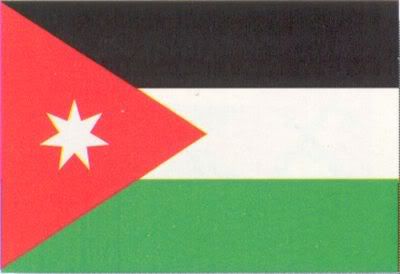
Roman ampitheater--Amman
Houses--Amman
Amman
My visit to Amman was a departure from the tour but brought me to the Abdullah Mosque (largest in Jordan) on the first Friday of Ramadan and to the St. Michael * St. George Coptic Christian Church just across the street where I saw families, children, teenagers and older adults milling around after worship just like we do on our MPC lanai.
Abdullah Mosque--Amman
PEOPLE
Those With Whom I Shared The Journey
-A retired pastor/Pearl Harbor survivor,
-The former moderator of the Committee on the Office of the(Presbyterian) General Assembly and retired pastor of the nationally-known 5th Avenue Presbyterian Church in Manhattan, J. Oscar McCloud,
Dr. McCloud leading our closing Communion Service--Dead Sea
-A participant in the famous/infamous Jesus Seminar project.
Each day, as we gathered on the bus after breakfast, we had our group devotions. This was led by different person each day and helped to remind us that we were travelling under the name of Jesus Christ together.
At the end of the final afternoon in Jordan, just a few hundred feet from the shore of the Dead Sea, we held a more formal worship that concluded with the sharing of the Lord’s Supper. It was a fitting way to symbolically end our brief but intense time together.
Encounters With Those Who Live There
A Yemeni man, now an American citizen, returning to Yemen to see his wife for the first time in 1½ years.

Wesel (Yemeni) & Bird of Paradise @ JFK
A Palestinian man, now an American citizen, who is not allowed to visit his mother in East Jerusalem by flying into Tel Aviv. He is banned from entering Israel by plane because he is a Palestinian who is not an Israeli citizen. The fact that he is an American citizen apparently means nothing to Israeli immigrations and customs officials. He will visit with one brother who lives in Israel by will not be able to visit his other brother, a doctor in Bethlehem. The visiting brother will not be allowed to enter Bethlehem by Israel and his doctor/brother is not allowed to enter Israel…..so….although only seven miles apart from each other they will have to visit by telephone.
My seat-mate for the trip was a staff journalist from the English newspaper, “The Guardian,” stationed in Baghdad. We did not have the same perspective on the situation there but, as regards the recent voting and several other matters, I proved to be more accurate than he was, even though he’s been living and reporting from Iraq for months!
On a more serious note, Rory was later kidnapped in Baghdad and held for two days before being released. It was international news and it was a happy day when the news of his release became known.
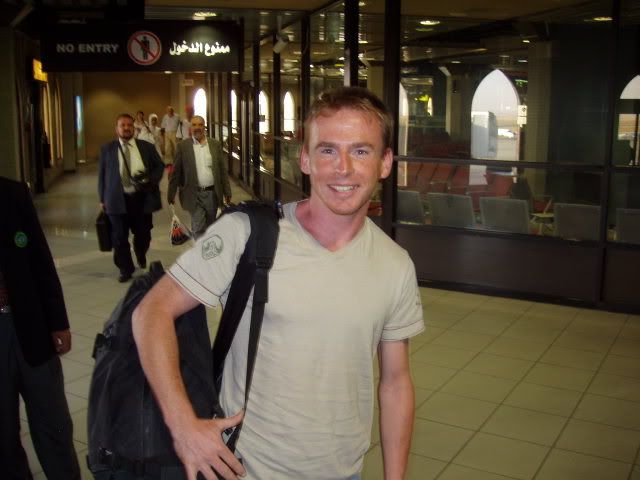
Rory Carroll--Queen Alia Airport--Amman
Within Jordan I was fortunate to spend a long time with an Amman shopkeeper who gave me a great deal of cultural and political information.
I enjoyed having my hair cut by a young Jordanian (it was 10:30 pm) who only spoke one word of English……while pointing at my hair he said, “Medium?”
One of his friends, who had just gotten of from work at a retail store across the street, walked back towards the hotel with me since his bus stop was on the way. This 18-year old was a Palestinian whose family came from Ramallah (the West Bank city where the Palestinian Authority has its “headquarters”). He was born in Saudi Arabia but was not back in Jordan with his family, working at a retail store and commuting to a university north of Amman where he was studying graphic design using computers.
At Petra I met a young 16-year old Bedouin girl named Madan. She was selling cheap, touristy trinkets far up the trail to one of the most remote and beautiful of the Petra monuments known as the “Monastery.” Whereas the other Bedouin “merchants” were pushy and even obnoxious, Madan was something very different. Her English was perfect and I soon discovered that she spoke 7 languages fluently. She had been born in one of the Petra caves and now lived with her family in a Bedouin camp (one which was not a “tourist one” she carefully pointed out). She attends school (which is mandatory in Jordan) and has dreams of becoming an English teacher and visiting (or moving to?) America. She did not think that this would ever come about, however, because their family had little money, everything she earned went to her mother and, as is usual for Bedouin families, if one member moves (to Amman for university, for example) the rest of the family moves with them. She knew that her family could never afford to live in a city even if she did have the funds to attend school. I told her that I did not want to buy anything but that I would give her one dinar (=$1.40) if she would let me take her picture. She would not take the money because she considered it to be a gift. But, after thinking about it she said, “I will accept your gift before you take my picture. But I will also give you a gift in return.” Which she did, presenting me with one of the items on her table; a small ‘whatnot’ box with local colored stones on top that I will treasure for the rest of my life.
Madan--Petra
The last afternoon of our tour was to be spent at the Dead Sea Spa where we were staying.
Narrow passage in Amman
The baker's boys
While in Amman we also took time to stop at a very large Christian church (Coptic) that had just completed a Friday mid-day service (Friday, being the Muslim sabbath, is often a “day off” for many people, especially during the hour for mid-day prayer).
Child having received the Sacrament of Anointing--Coptic Church, Amman
Regional Politics
I was also, of course, interested in the politics of the region and the attitudes towards American policy in Iraq (people genuinely love America and the American people but do not at all like the Bush Administration and its foreign policy, particularly in Iraq), Israel and Palestine.
Fortunately, our tour guide, Ali, was comfortable enough with us to share his honest opinions and feelings with us about these things. We were all very grateful to him and were constantly expressing our appreciation for his forthrightness and honesty (it seems that Presbyterian pastors really do have a deep and centered appreciation and respect for the diverse and even “contrary” opinions and viewpoints of others. Whether or not we agreed with Ali or not, we did, as a group and as individuals, show him admirable respect).
A short summary of Ali’s (and others’) viewpoints might look like this:
The United States invaded Iraq and the sooner they leave the soonerthe “terrorist/insurgent” attacks will stop, thereby allowing Iraq to move forward with shaping its own future (Note: This was the one point on which I could not agree with Ali….that the day the Americans left Iraq the “al-Qaeda” folks, such as Zarqawi, would stop killing people).
Israel is made up of a cruel and hateful people, represented most prominently by their current Prime Minister, Ariel Sharon, who is, among the Jordanian and Palestinian people, commonly referred as “the butcher.”
Israel as a nation is an illegal entity, having seized the land from the Palestinian people and having forced them out of their homeland, creating for them a perpetual status as refugees without a land to return to.
The suffering of the Palestinian people at the hand of Israel is passionately affirmed and knowledgeably backed up with example after example. No one I met believes that suicide bombings or the random killing of innocent men, women and children (such as the “insurgent/terrorist” attacks in Iraq or the Palestinian suicide bombings in Israel or the firing of air to surface rockets by Israel) is ever justified. Such actions by anyone were soundly denounced and condemned by our tour guide. “Such things have nothing to do with Islam,” he said.
This did not, however, excuse the Israeli’s destruction of thousands of Palestinian homes, their seemingly arbitrary harassment of local people trying to travel from one West Bank town to another, the systematic destruction of Palestinian national infrastructure, the tortuous stranglehold of the Palestinian economy as well as the fencing off of Palestinian villages and cities to protect Jewish settlements in the West Bank and East Jerusalem.
As long as Israel continued to occupy the West Bank and East Jerusalem and as long as Israel kept the Palestinian people under their autocratic rule, there would be no peace.
Ali strongly believes that peace was possible between Israel and Palestine. Israel was a fact of life whose existence could not be denied so, as far as Ali was concerned, the Arab people, including the Palestinians, need to face up to this and accept it.
The displaced Palestinians who had their homes and their properties confiscated by Israel must either be granted the “right of return” or (and this would be acceptable to Ali and also, he believed, to the vast majority of ordinary Palestinians) an equivalent compensation or
reparations.
I wish I could be as “hopeful” as Ali. But he held out hope even while imputing the worst kind of evil to the Israeli government and military.Israel must totally remove themselves and renounce all control oflands occupied after the 1968 war, as called for by the United Nations, thereby allowing the Palestinian people to determine their own destiny and get on with their lives.
Lastly, East Jerusalem must be returned to the Palestinian people as their rightful possession and the place where they can establish their capital.
Ali believed that Israel could keep the “wall” where it is, keep control of the Golan Heights (that is a Syrian matter), keep all the rest of Jerusalem (which it technically does not possess but merely occupies) and, if the above conditions were met, the Palestinian people and their leaders would accept the terms and be satisfied and content to establish a new nation of Palestine alongside that of Israel.If this were done, Ali believes, the radical, terrorist groups such as Hamas, al-Qaeda, Hizbollah and the like would lose the vast majority of the support they now enjoy.
“And IF,” Ali pointed out, “after all this the Palestinians continue to attack Israel” then he would have no complaints over Israel defending itself and killing all of them (the terrorists, not the Palestinians!).
“Christian” Experiences
From a Christian standpoint, I have to confess that my three most significant experiences were:
1. Standing on the top of Mt. Nebo, overlooking the “Promised Land” for the very first time (just as Moses had done some 3200 years ago) and hearing the closing words of Deuteronomy read; words that described Moses’ presence on Mt. Nebo and his death that came soon after. I felt a solidarity with Moses….a sort of profound empathy that I had never experienced before.
To think that this poor Hebrew baby was raised as a Prince of Egypt; who subsequently abandoned both of his “birthrights” in order to live and labor in obscurity in a remote and isolated place; who was called by God at an advanced age to return to Egypt to free the enslaved people of God; who stood up to the mighty power of Egypt virtually alone, working signs and wonders by the authority and power given to him by God; who spoke with God face-to-face (as it were) on Mt. Sinai and received the Law and Covenant from God’s hand, thereby establishing the foundation of the Israelites as a people and, eventually, as a nation; who spent the final 40 years of his life shepherding a disgruntled and grumbling people through some of the worst real estate in the world; and, who, after all this, at the age of 120, stood on Mt. Nebo where I was standing…..seeing the same landscape, feeling the same heat and smelling the same desert smells…..gave thanks to God and prepared himself to die.
Moses was by any measure a great man….an amazing man……a prophet of God……and there on Mt. Nebo I felt his presence….and was greatly humbled by the experience.
2. Our group’s visit to the banks of the Jordan River close by the presumed spot where Jesus was baptized (the river no longer flows through that particular channel) was the next highlight.
Monica's baptism
A second baptism
Fairy (that's her name!) reading the Bible narrative of Jesus' baptism
From now on when I pray for peace in the Middle East I will know exactly what I am praying for. I will also know that the One who was baptized in that very spot of contention will the One who will one day bring reconciliation and unity to the warring and fractured people who he loves and for whom he died.
3. The final place where I experienced the living presence of the Living God was in that Coptic church in Amman. The people were truly filled with joy and peace. I could see the Kingdom of God alive and well in their midst. There was generosity and sacrifice and suffering and passion and dedication and commitment and, yes…..there was faith, hope and love as well.
Should one of those Amman church members be magically transported to our after-worship fellowship here in Mililani I do honestly believe that they would know immediately that they were at a place that they could call “home” with their brothers and sisters in Christ welcoming them as a member of the family.
That, at least, is how I experienced the church in Amman.
And that, at last, is how I experienced my trip to Jordan.
Pau
Jordan, however, was a place where I found myself coming one step closer in my relationship with God.
Some Flowers
A 3,200 year old prophetic text of Balaam, the prophet who confronted the wandering Israelites in Numbers 22-24
A copper scroll from Qumran & the Dead Sea
Head Coverings
Nearly all Jordanian women, Muslim & Christian alike, wear a head covering such as this. Some wear a veil as well or even a burqa with only a lace window opening to see through. This covering is almost as much a cultural thing as it is a religious thing. Accordingly, some women choose not to wear a head covering (see, for example, pictures of Jordan's queens)
Jordanian Military Bagpipers at Jerash
The Royal Family is Watching
Wherever you go in Jordan you will see a picture of the current King Abdullah, sometimes with his wife or, in this case, with his children, too. While posting a picture of the King on the wall of a hotel lobby is a personal and patriotic gesture as well as a nod to the King's near absolute authority. Even so, the Jordanian people are sincerely and warmly proud of their Hashimite royal family, directly descended from the Prophet Muhammed himself
Camel
mannequin
Crescent Moon & Venus Over the Dead Sea
Poetry
Petra
Dead Red sandstone
Cliffs and Suq
Nabatean dust
in graven tombs
Unknown gods
haunt fallen temples
made with
human hands
Squawking hawkers
mock their wares
with tin-full silver,
truthless coin
While underfoot the
broken shards of
thousand years times two
are offered free
The tombs are empty
now their edifice
a mask to hide
the void of death
But life can still
emerge as from a womb
when sunburnt girl is
born within a grave
A Babel in reverse
can yet unite
what pride and sin
did once divide
Like tesserae once
dead and buried
brought to life
and light again
The hopes and dreams
of hearts long stilled
still beat in
Petra's heart of stone
Living Bread
One piece of pita bread
Fresh from the oven and warm
Money in hand to pay
Baker's boys stand in the way.
Smiling they pose for me
Laughter is offered for free
So, too, the pita bread
Given as grace-gift instead.
Hand touches Baker's heart
Breathing salaam as we part.
Sunset at Jerash
Artemis' desecrated temple
Roofless, fallen, bare
Her holy place once more defiled
As unclean feet stand there.
Her soaring columns touch the sky
In silhouetted glory
Apollo sets in golden fire
And guilds her fallen story
Moses & Mount Nebo
Forty years of privilege
As Pharaoh's kith and kin
Traded for the legacy
Of Israel's blood within
Forty years of desert toil
While eating humble bread.
Convicted by a burning bush
To do God's will instead
Forty years of freedom spent
In faithless wandering
Yet inching towards the Promised Land
Where God would rule as King
Standing on the mountain top
The land beneath his feet
His eye not dim but wet with tears
His legacy complete

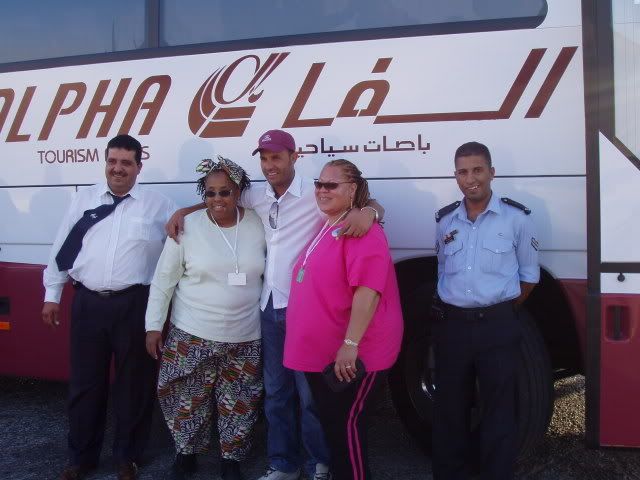


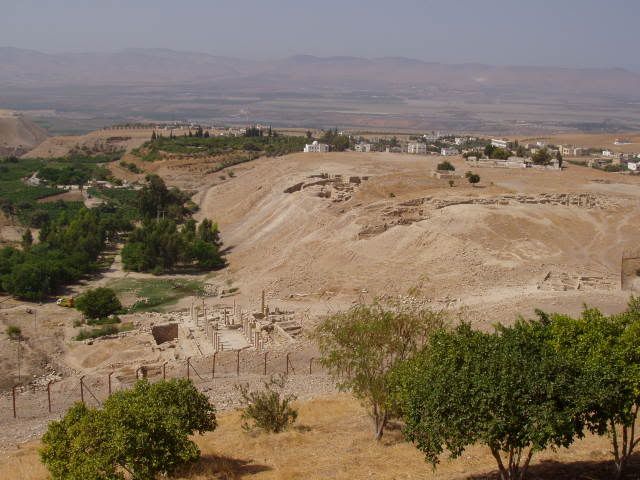
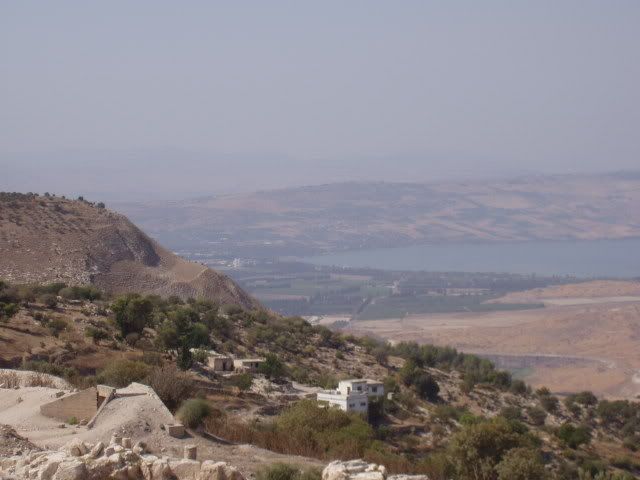

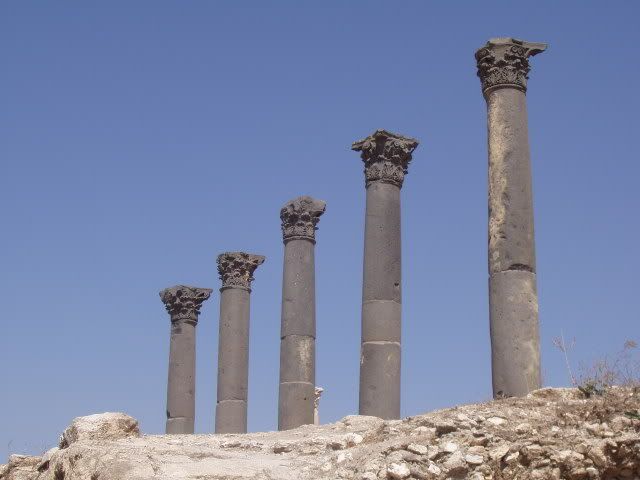
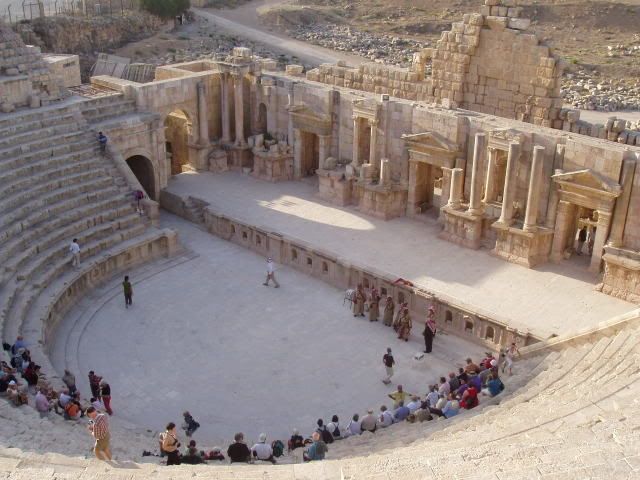
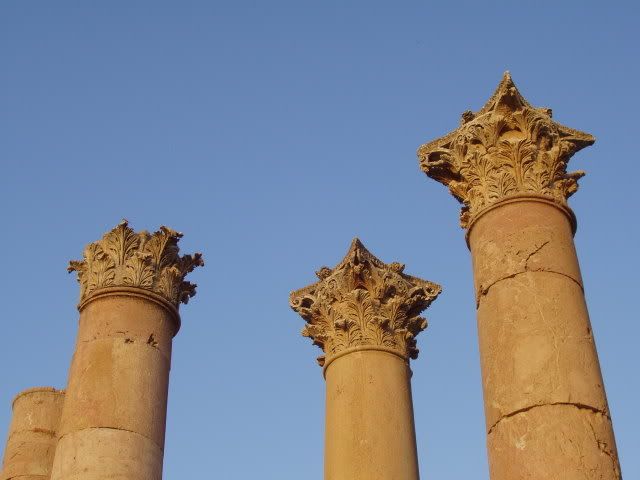



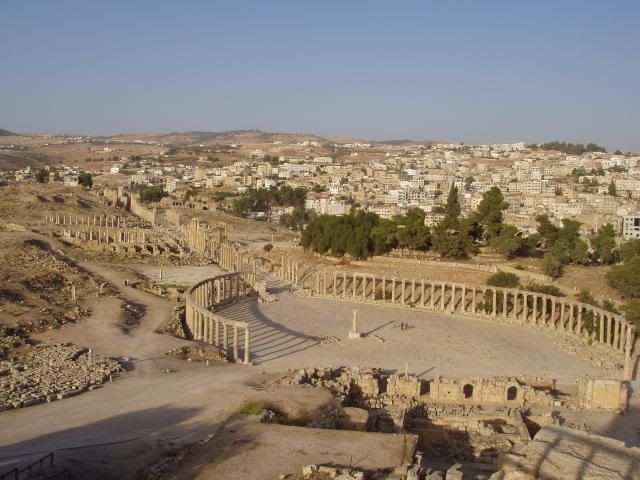
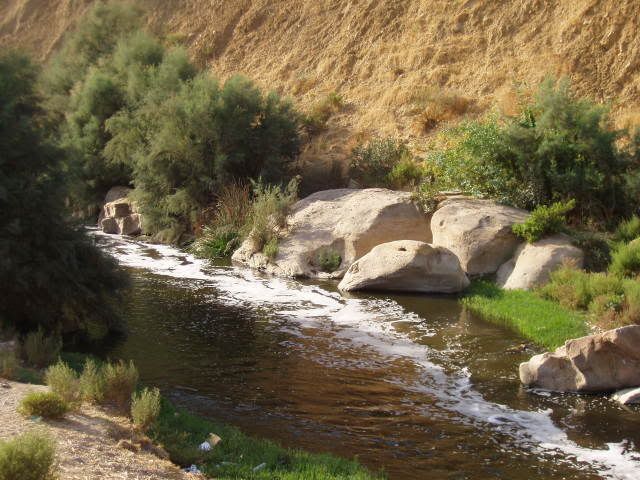
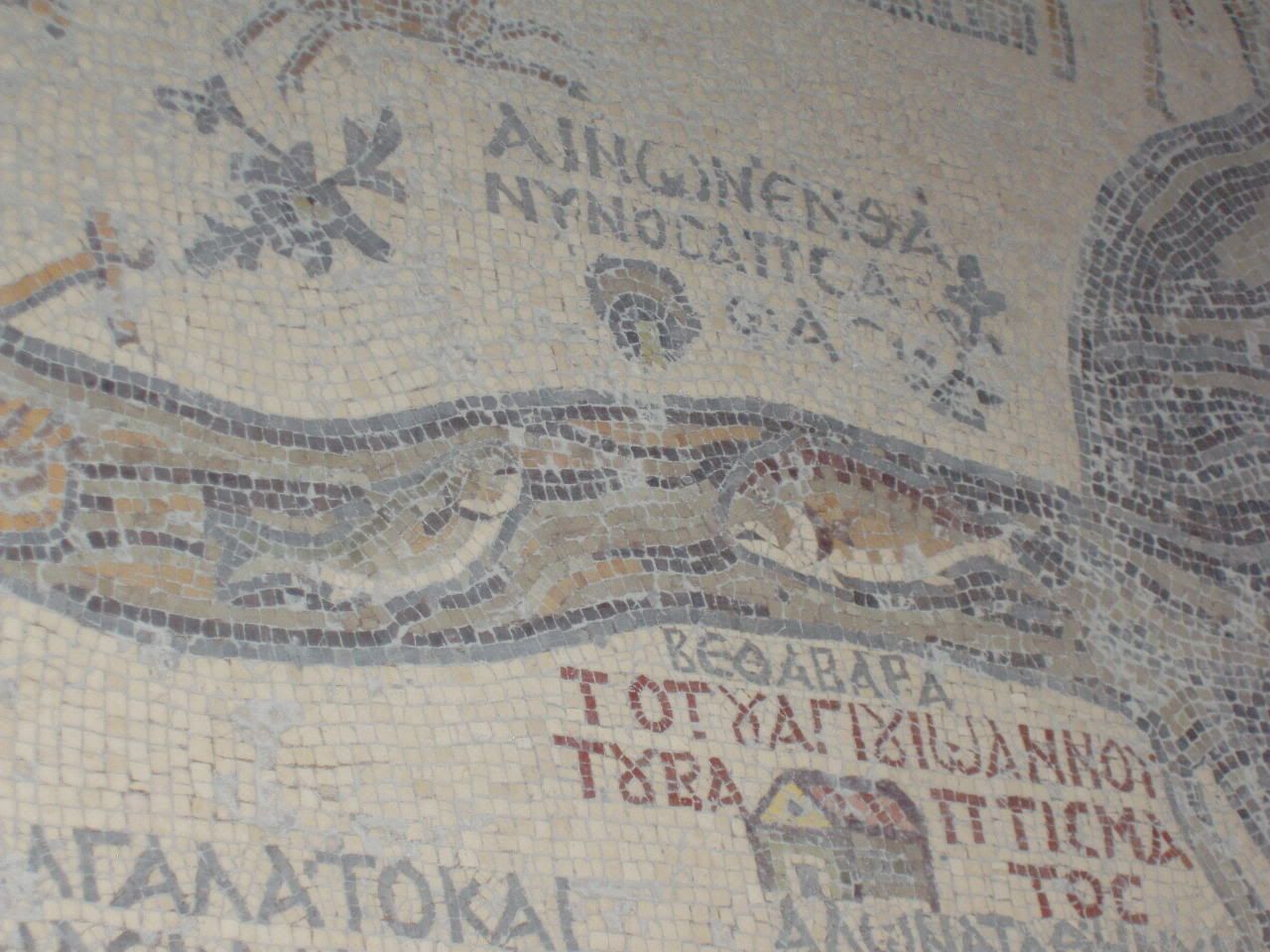
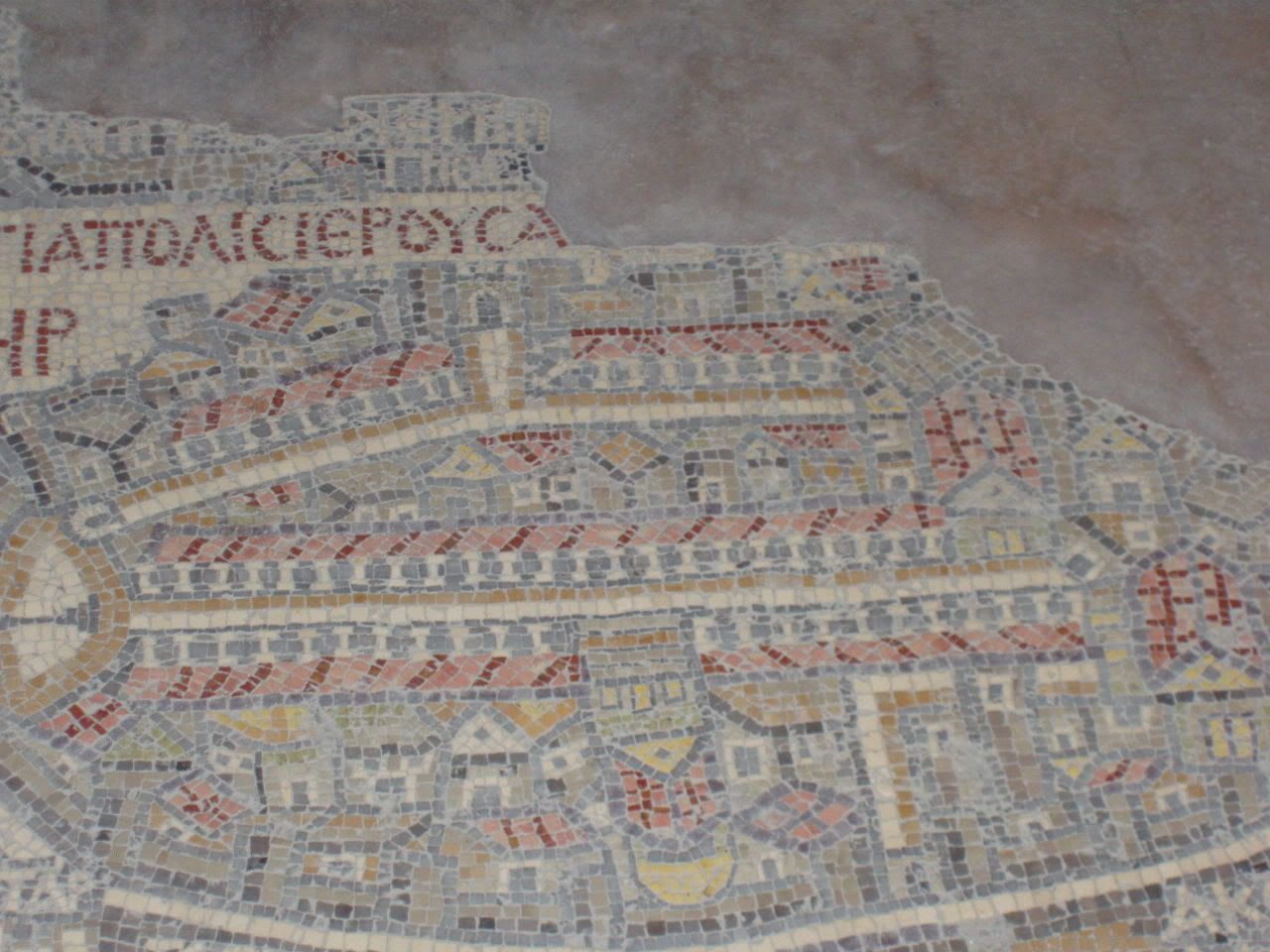
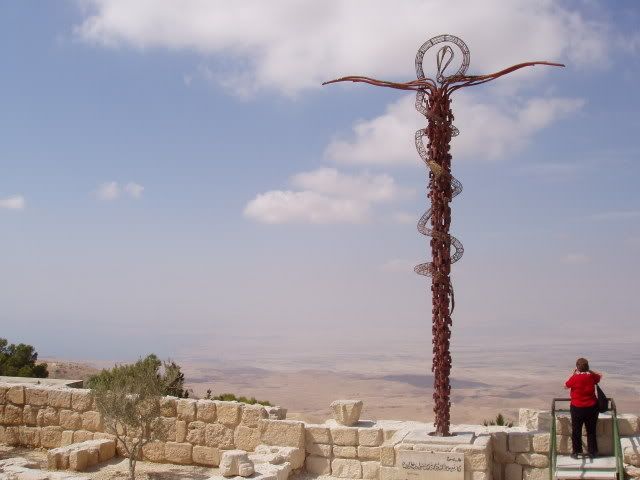

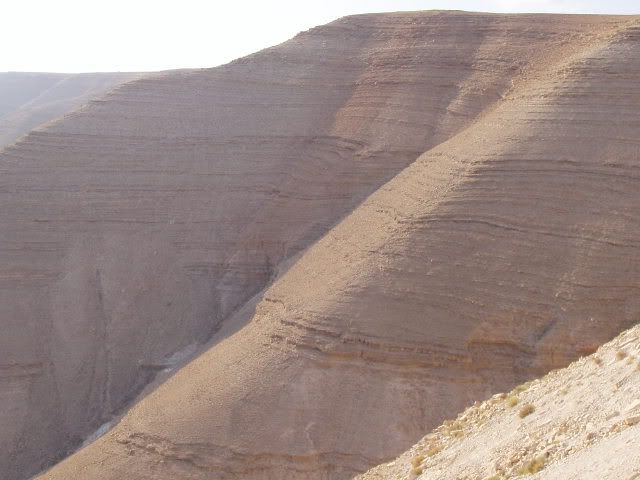
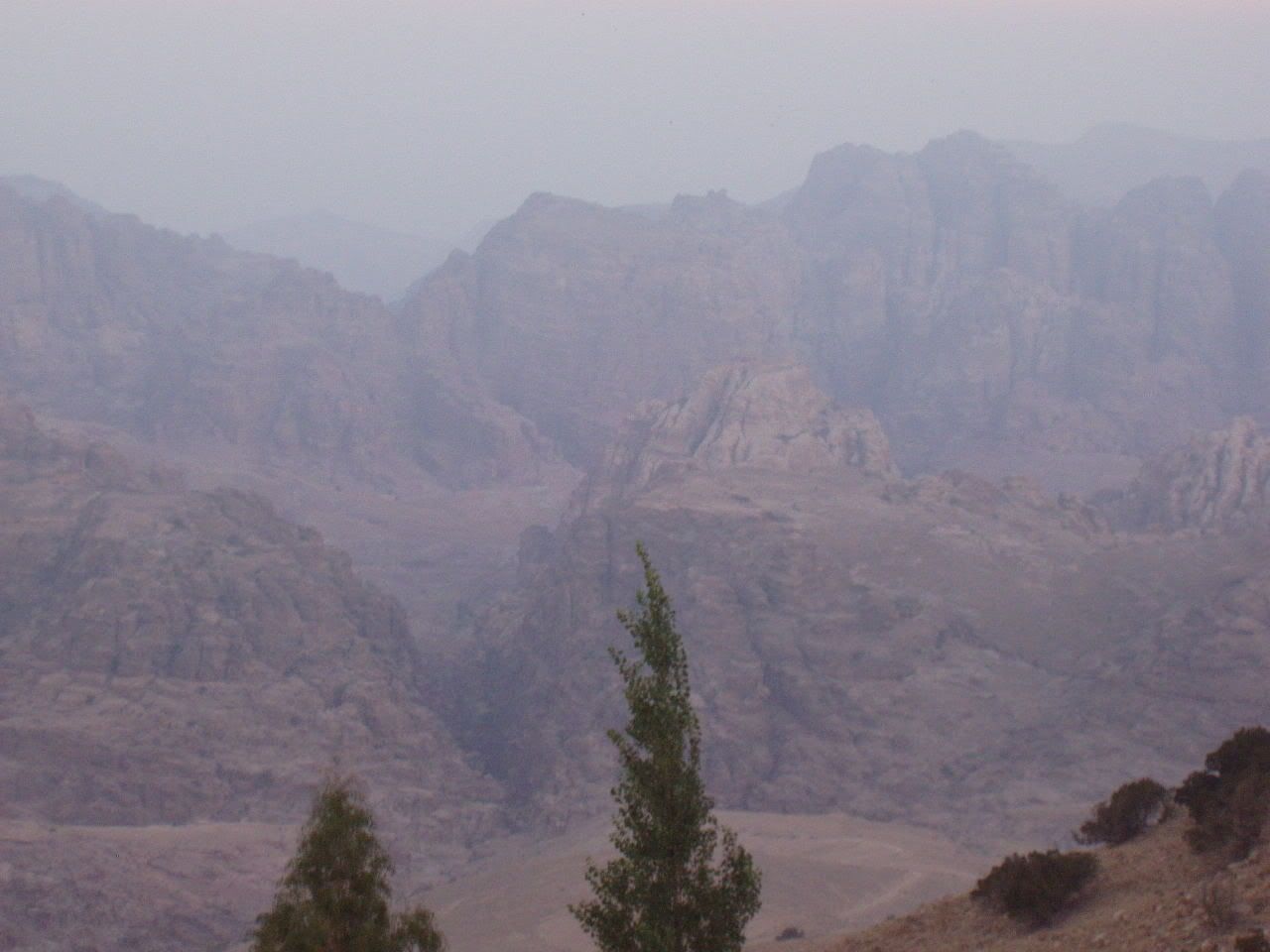

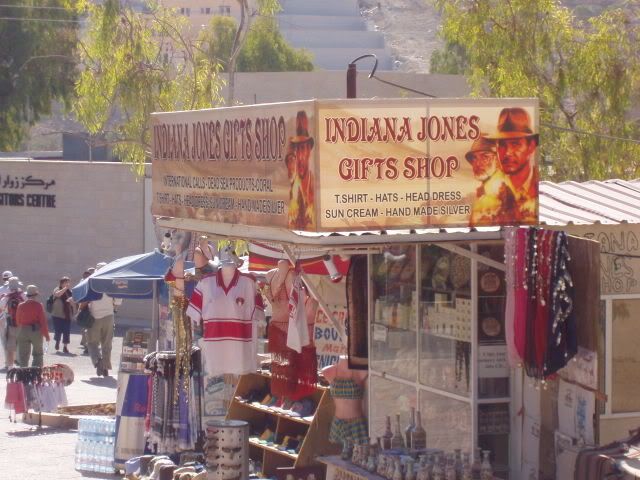
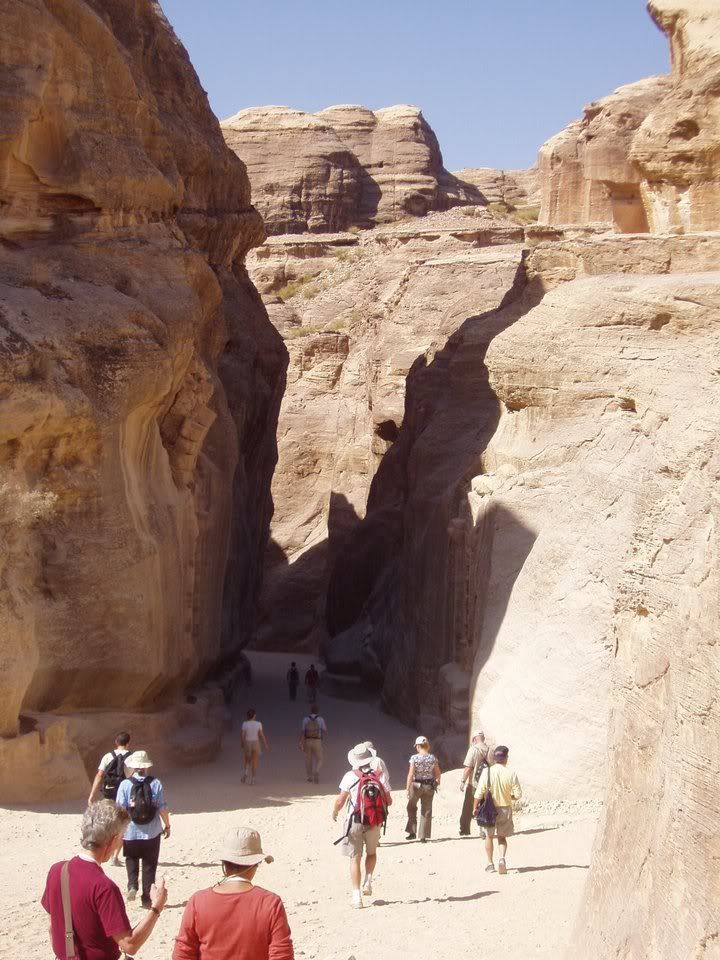
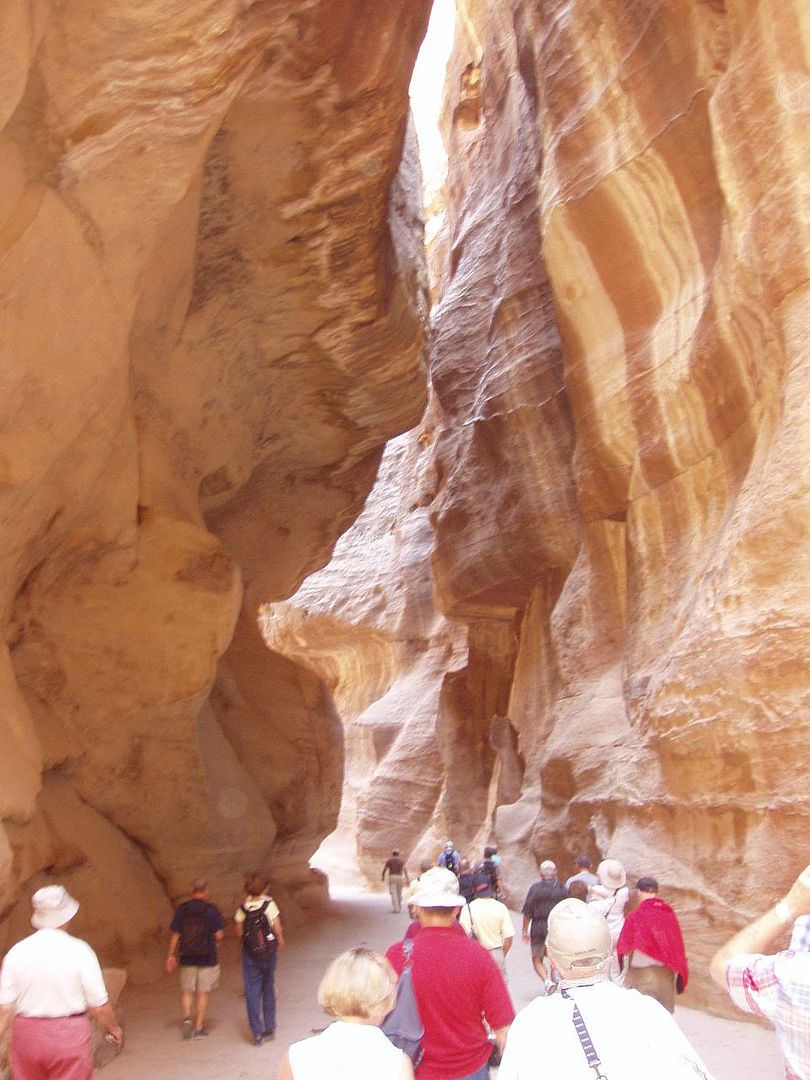
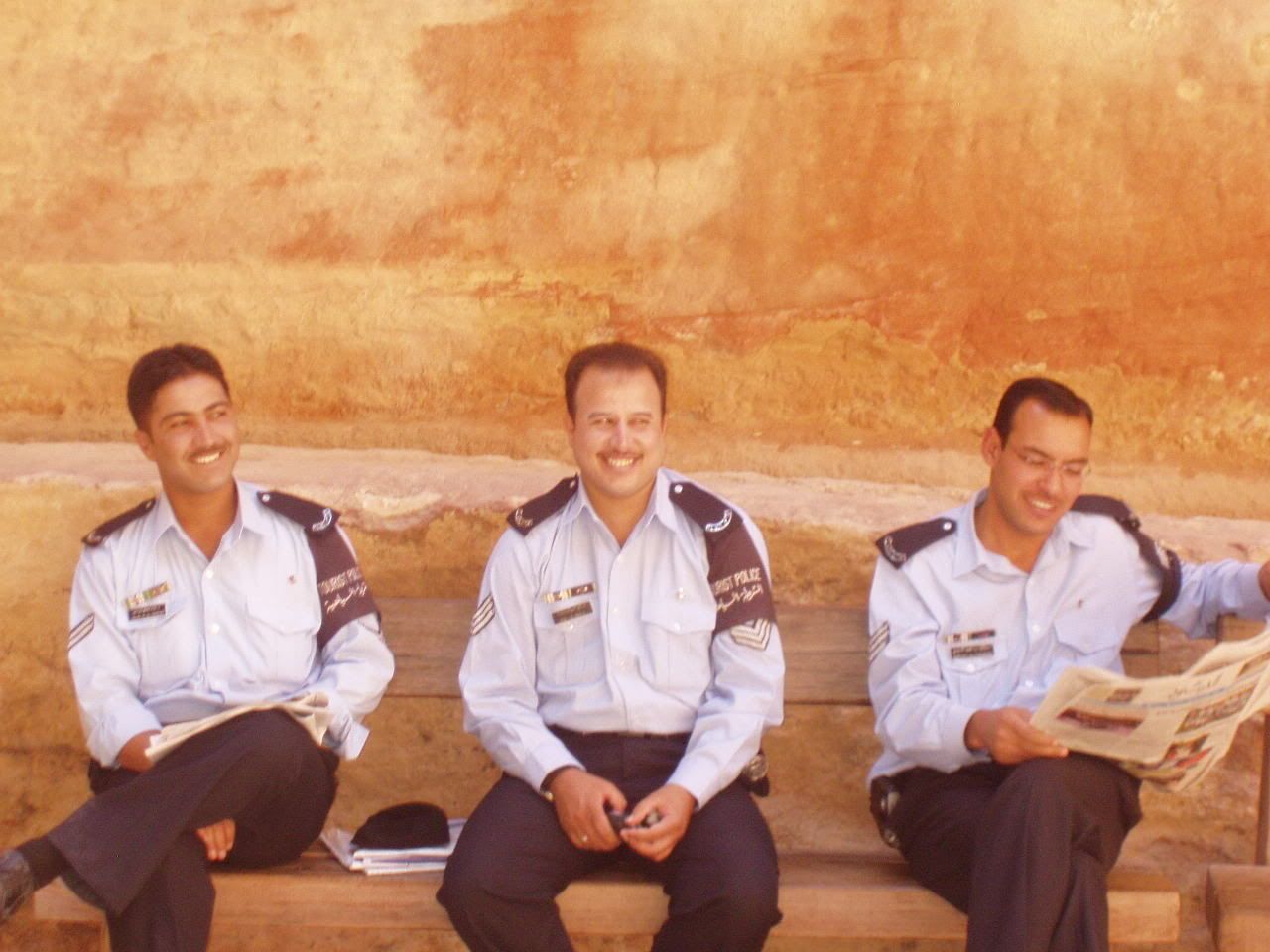
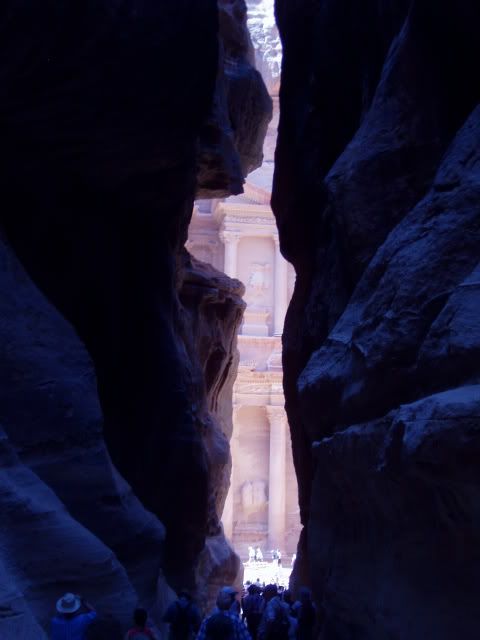
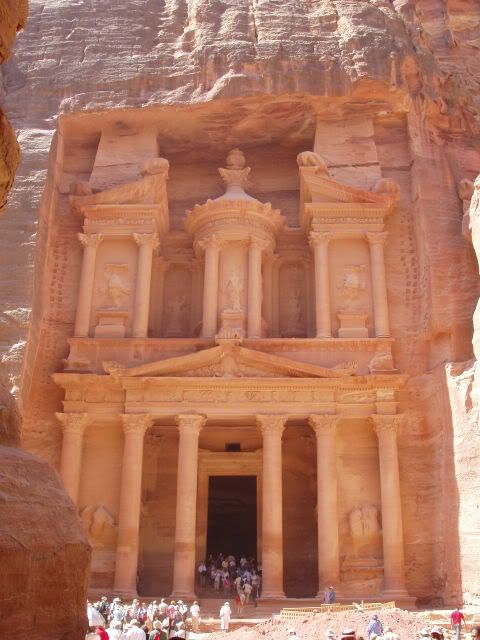
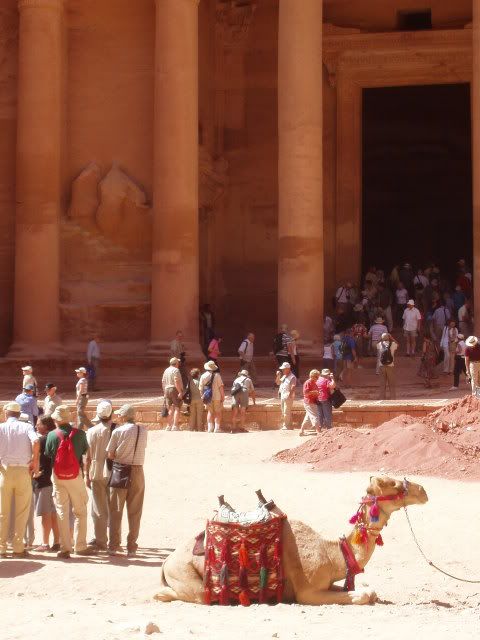

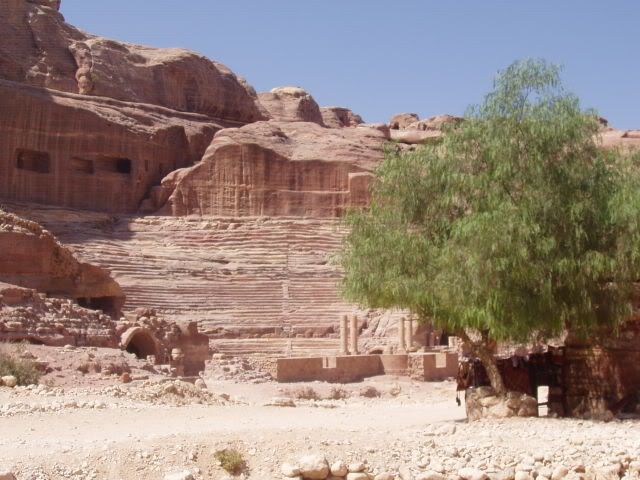
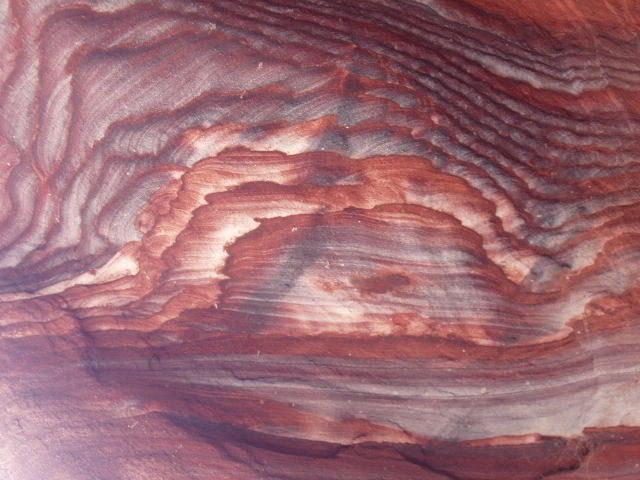

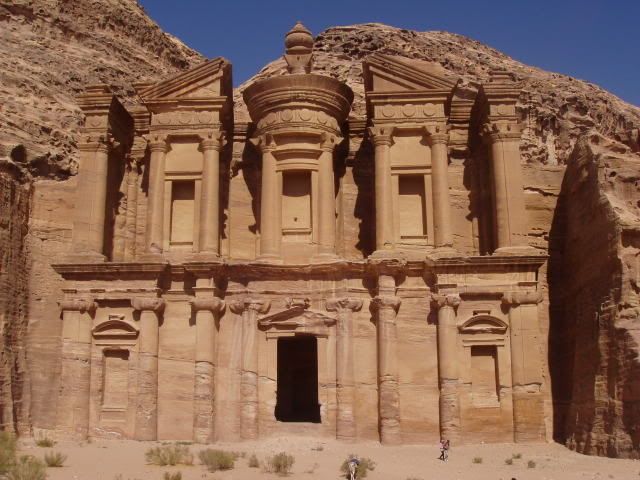
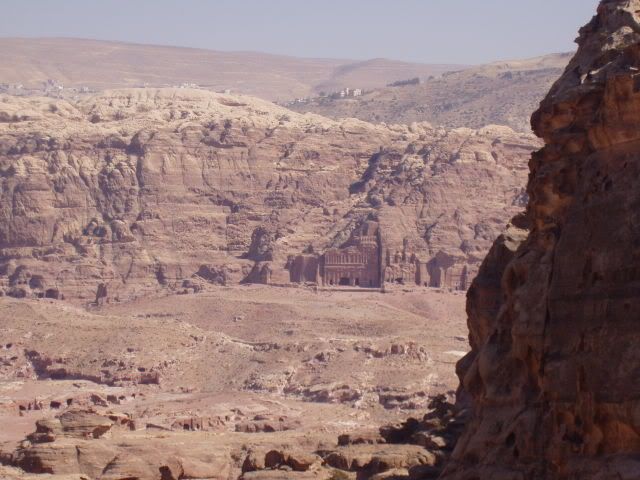
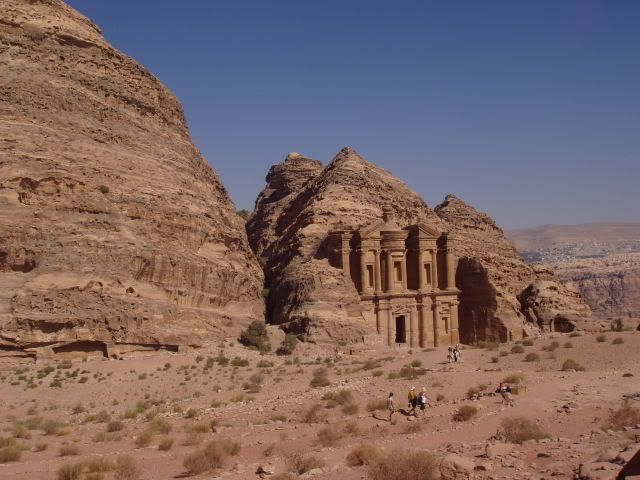

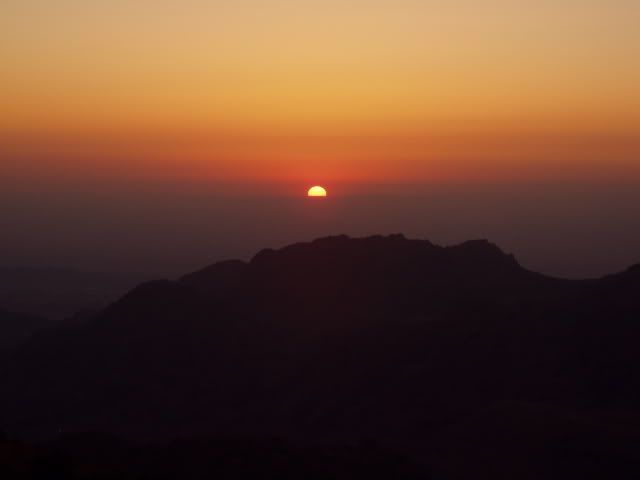
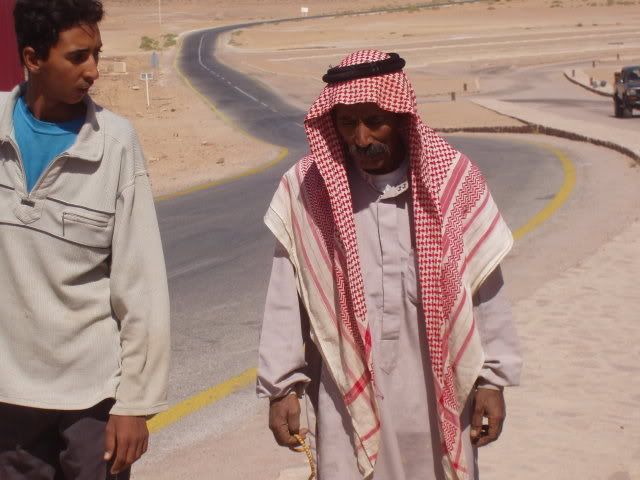
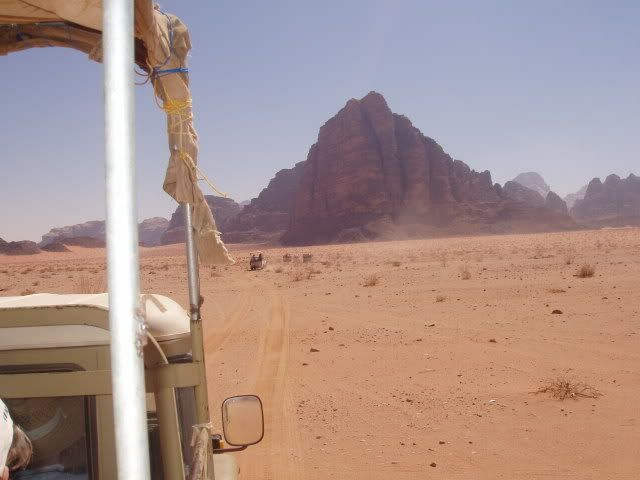

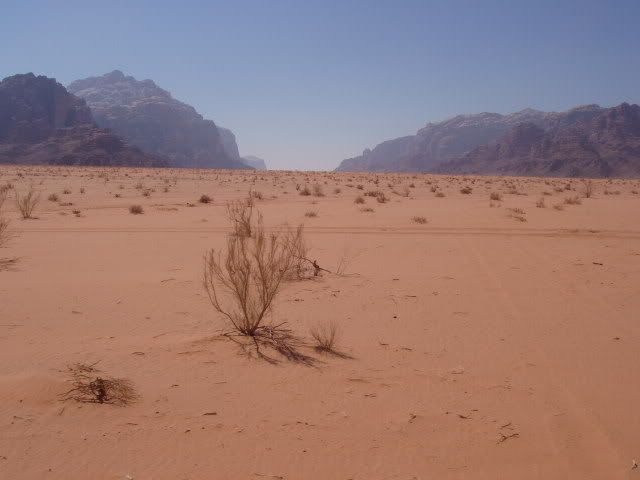


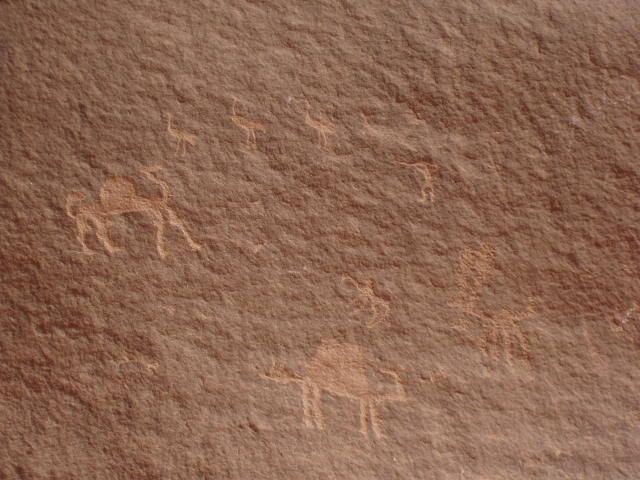
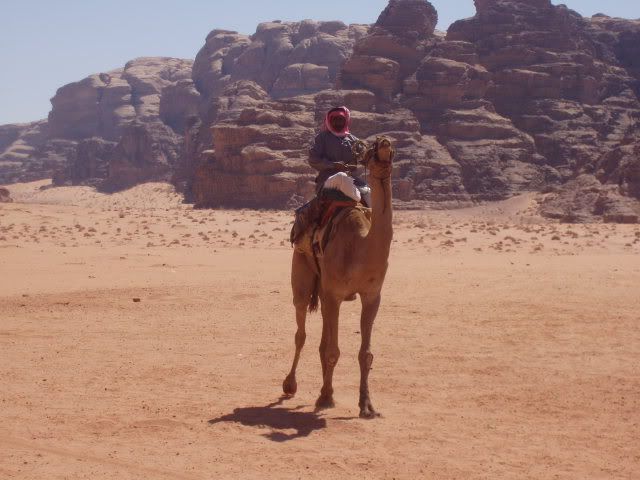
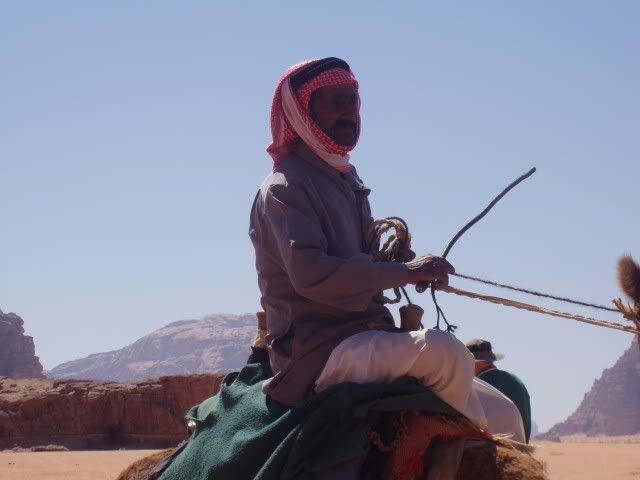
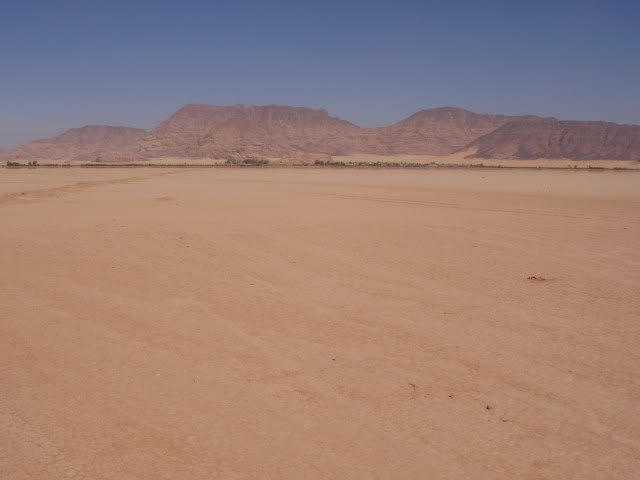

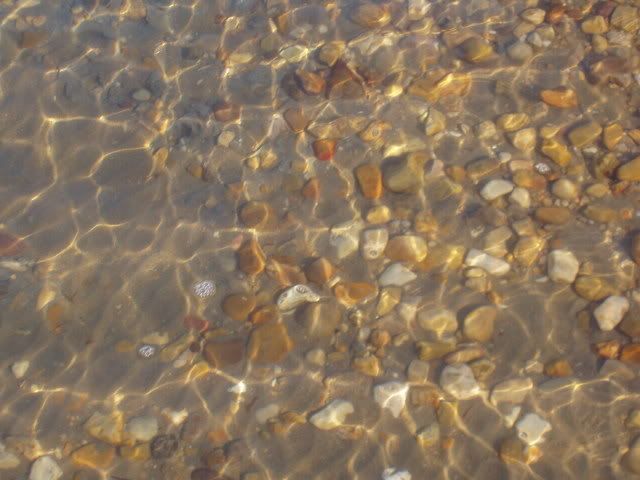
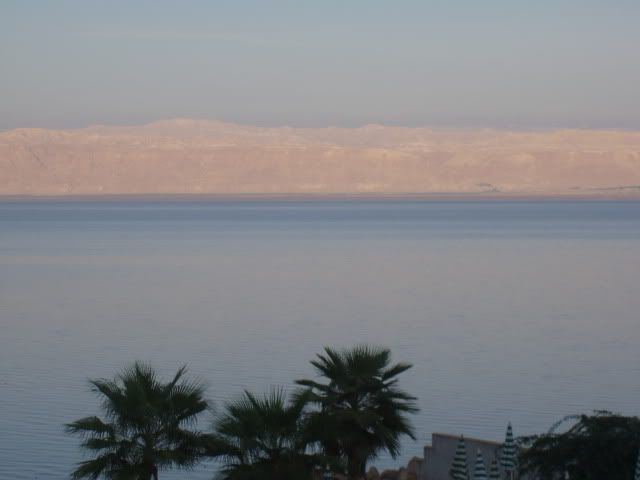
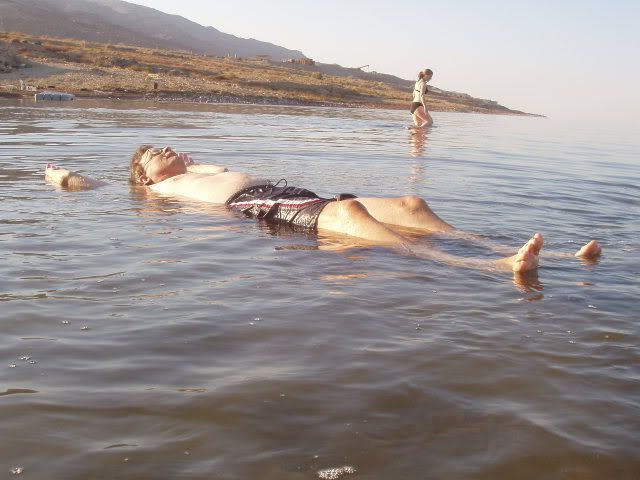


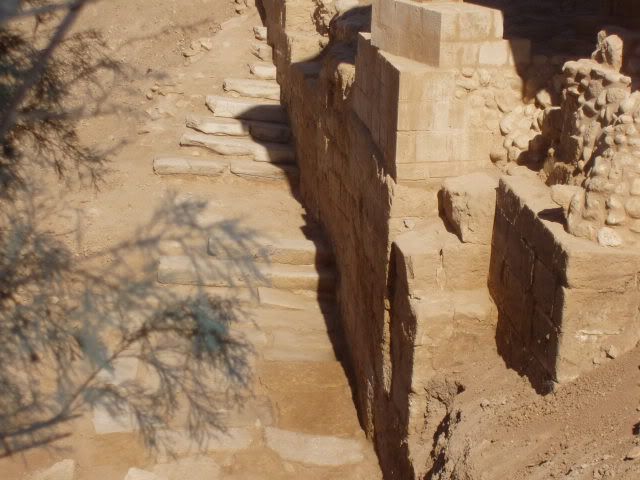
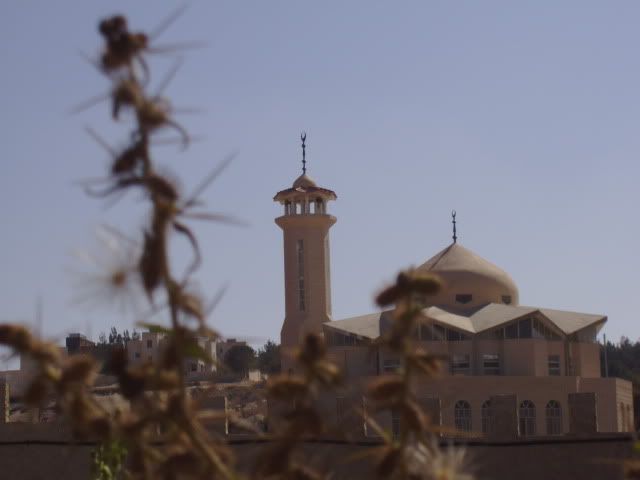

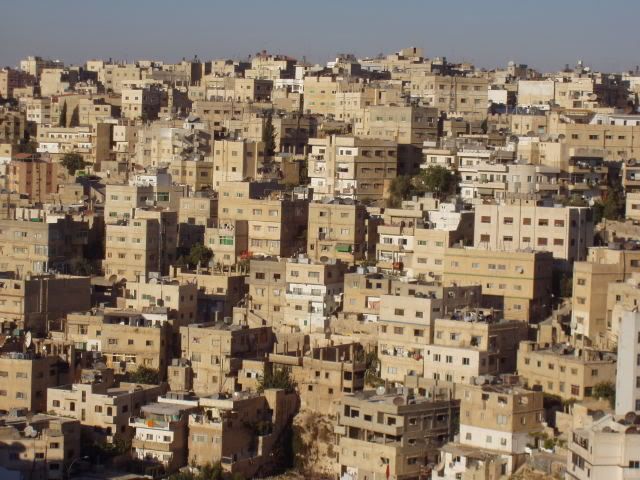
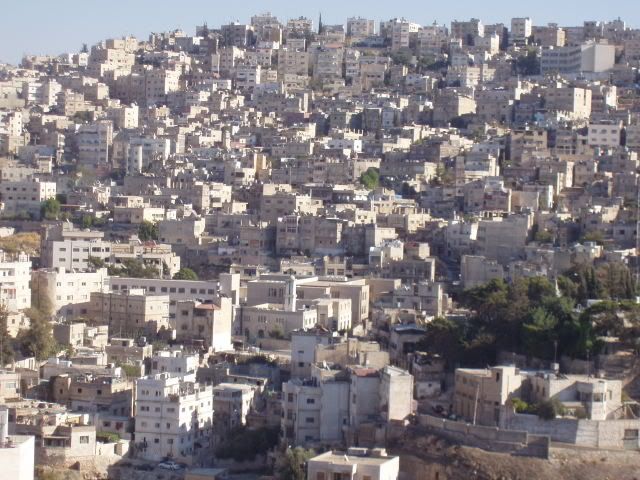
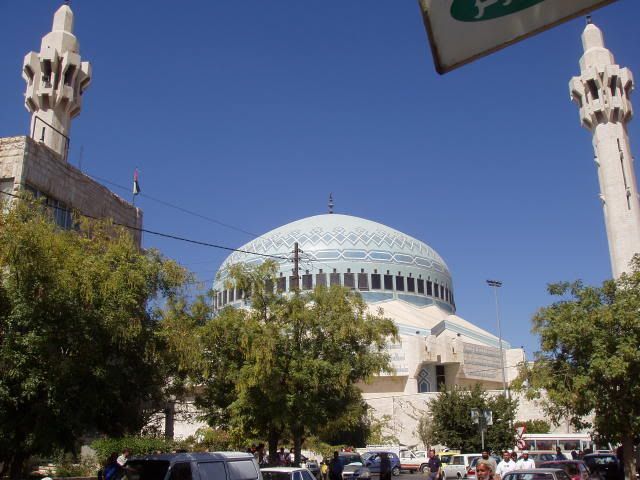
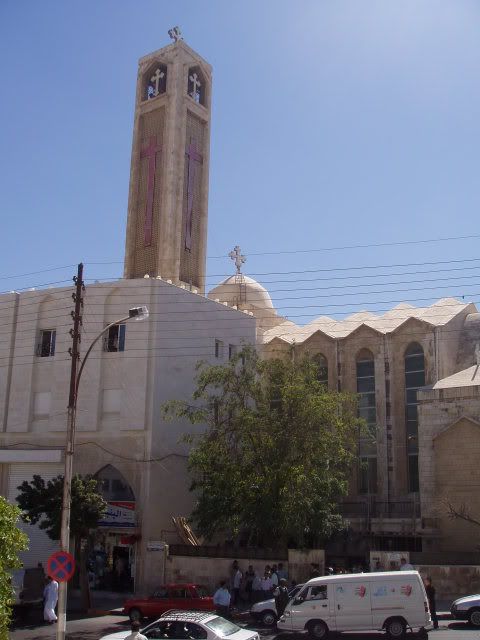
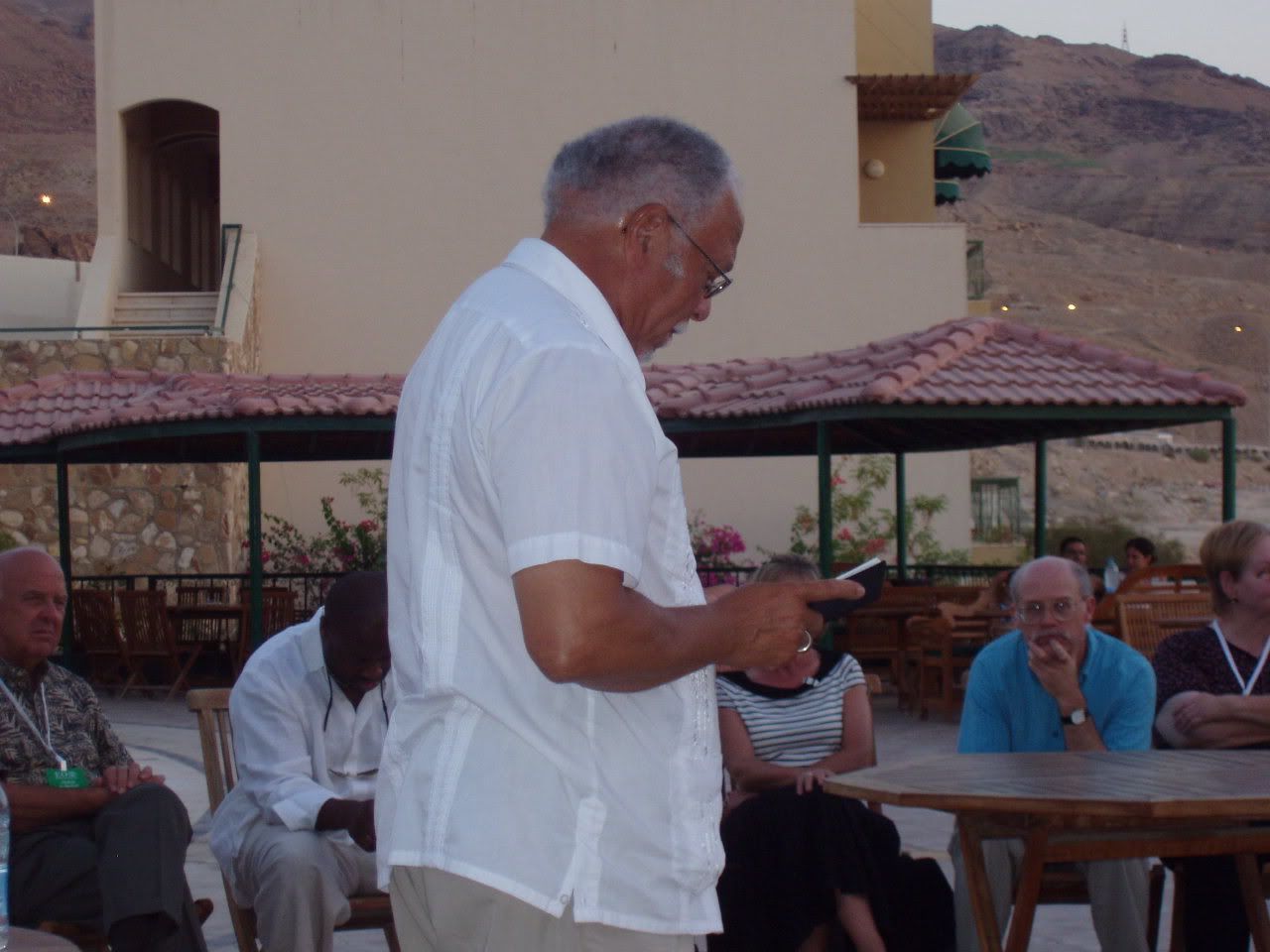
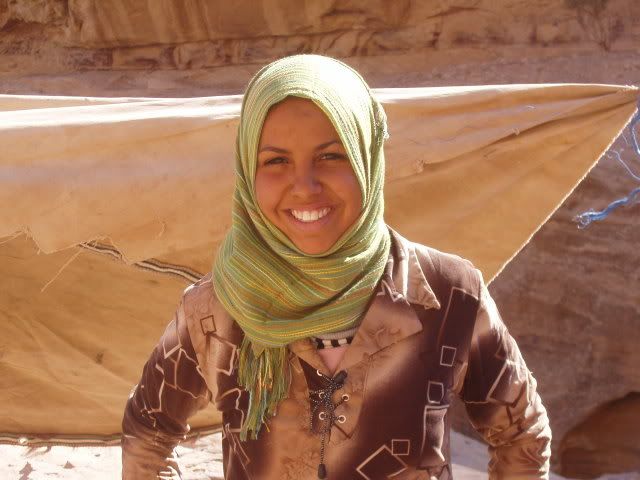

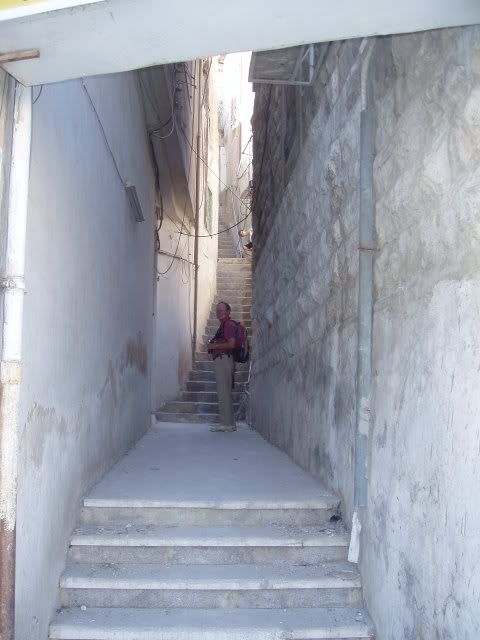
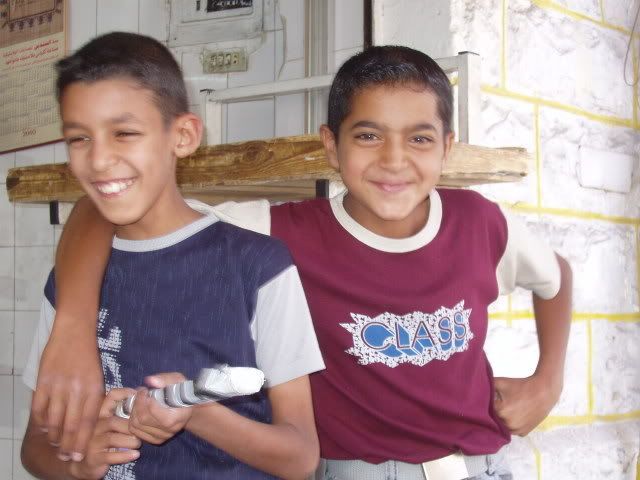
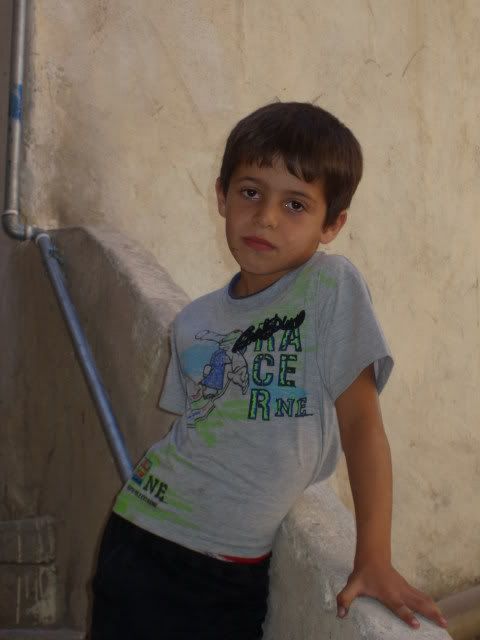
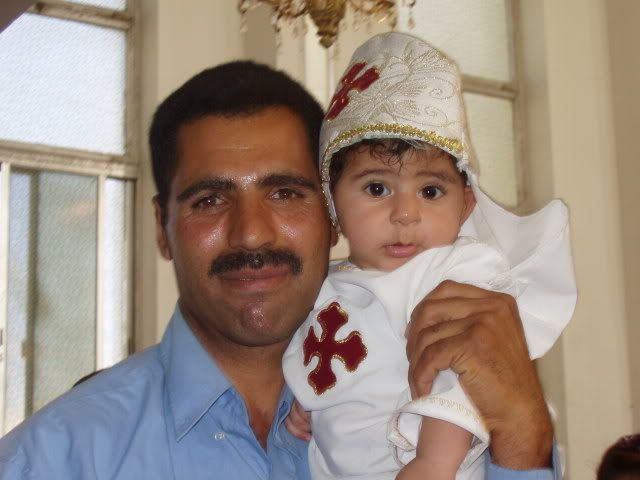
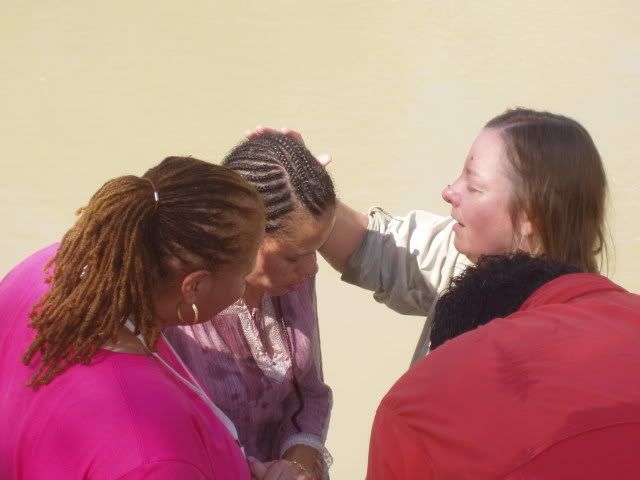
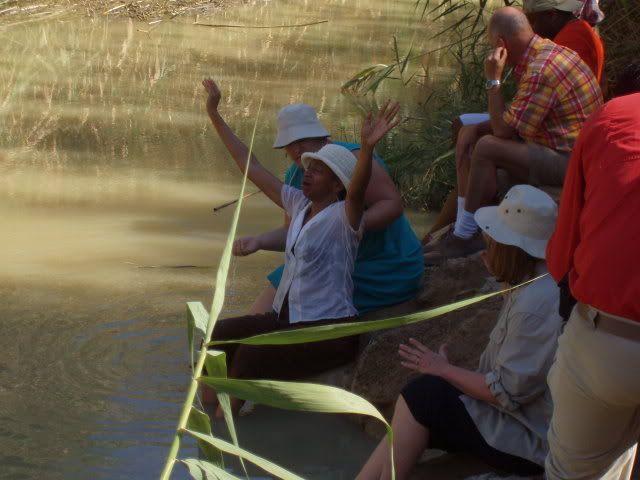
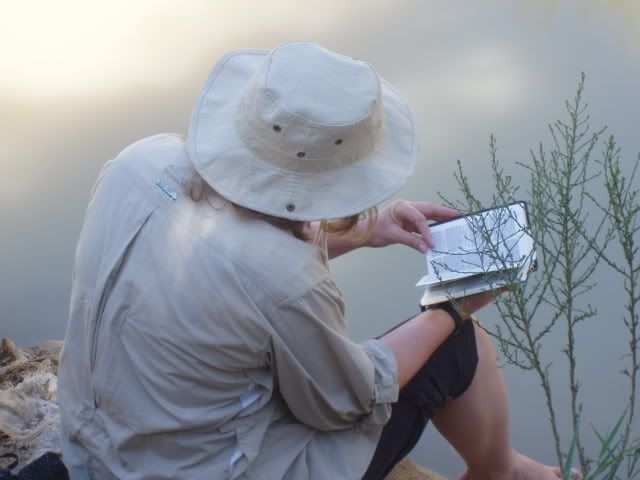
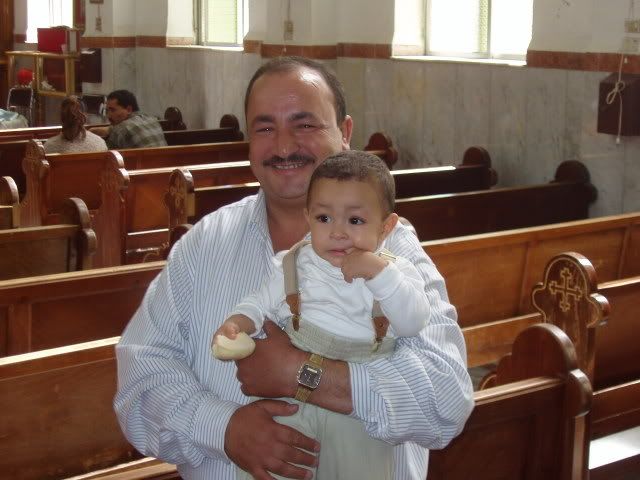
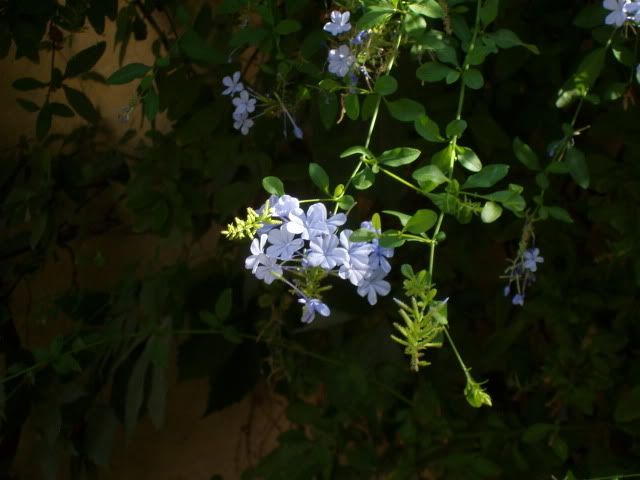
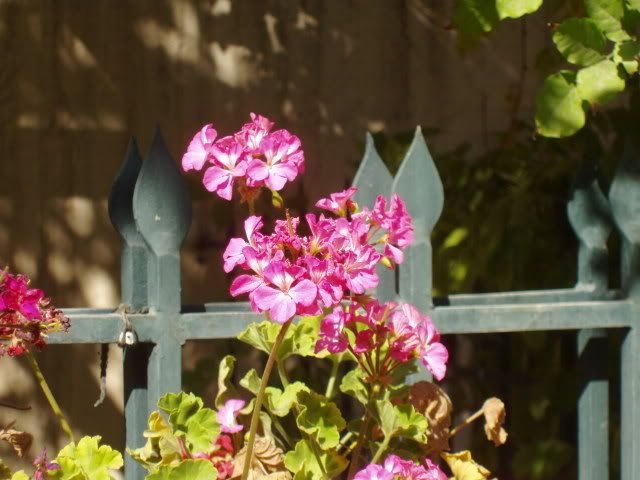

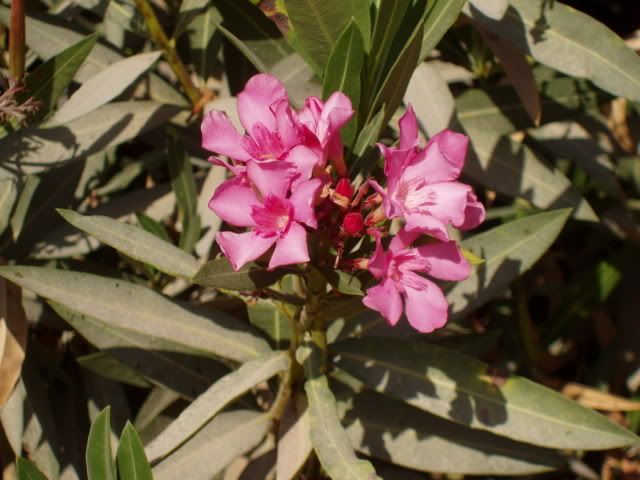
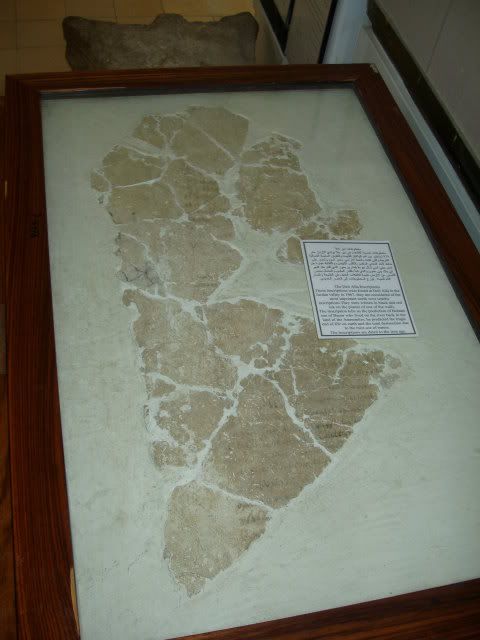
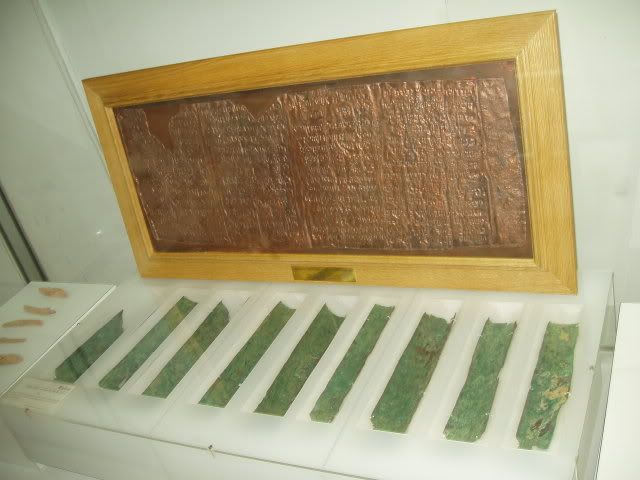
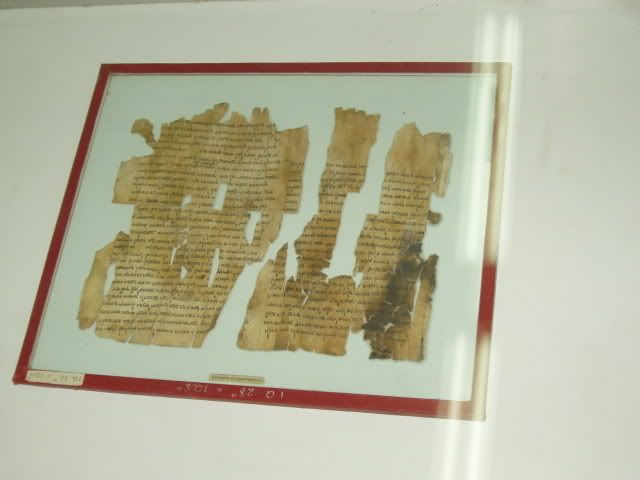
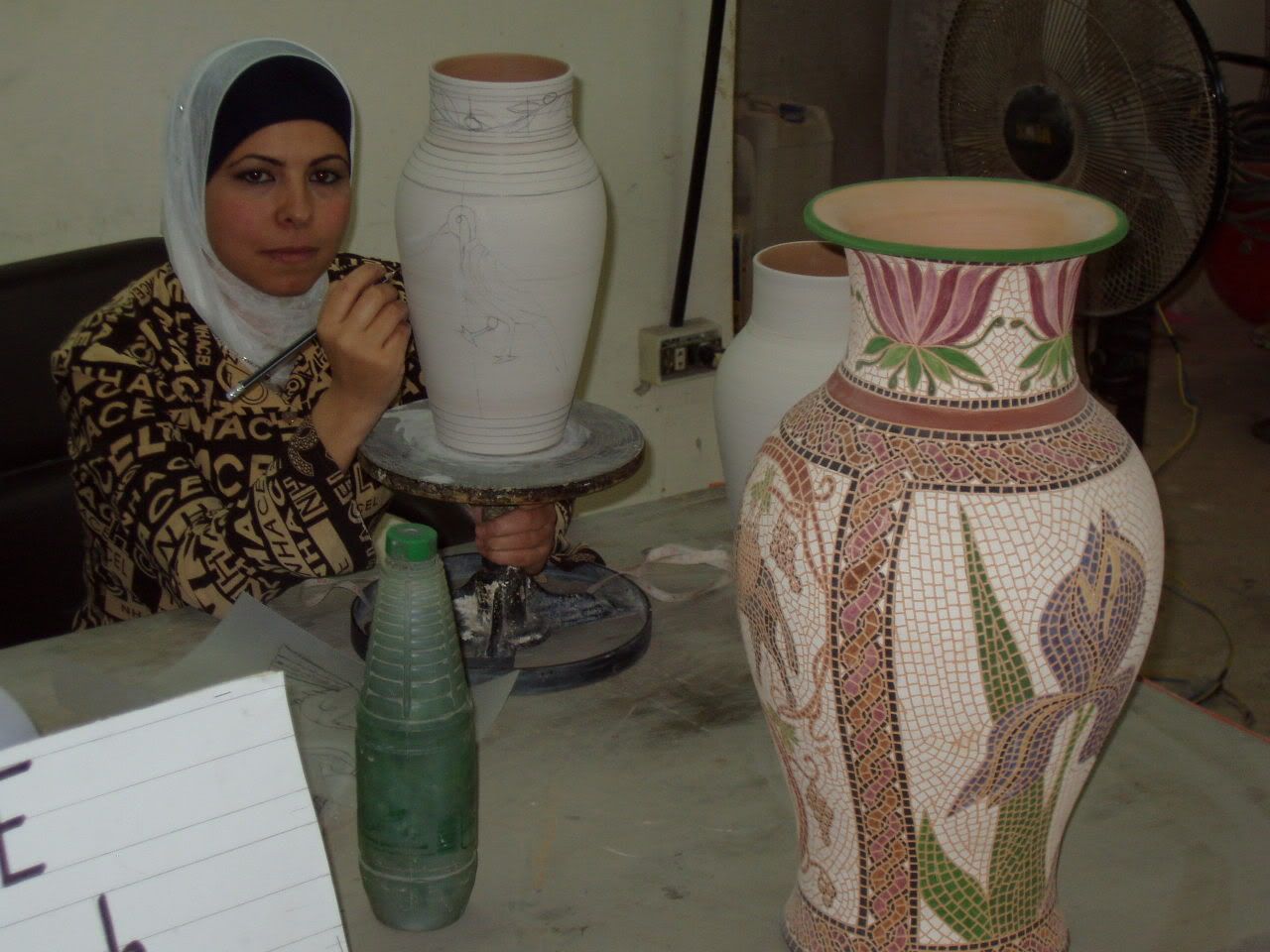
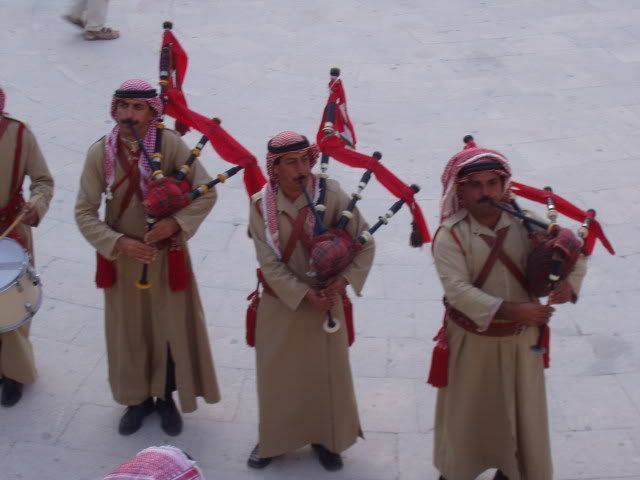
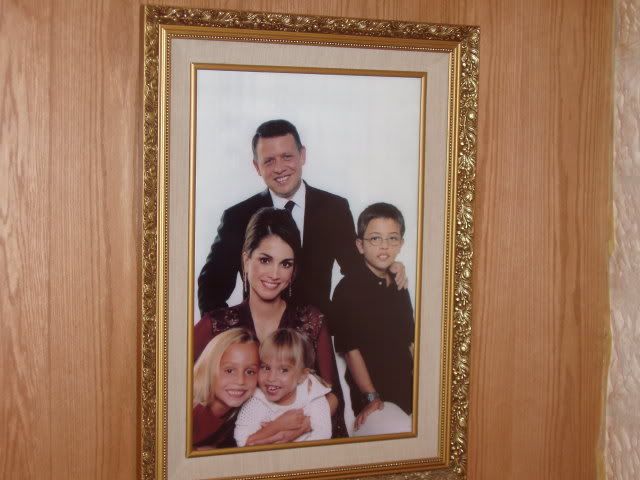
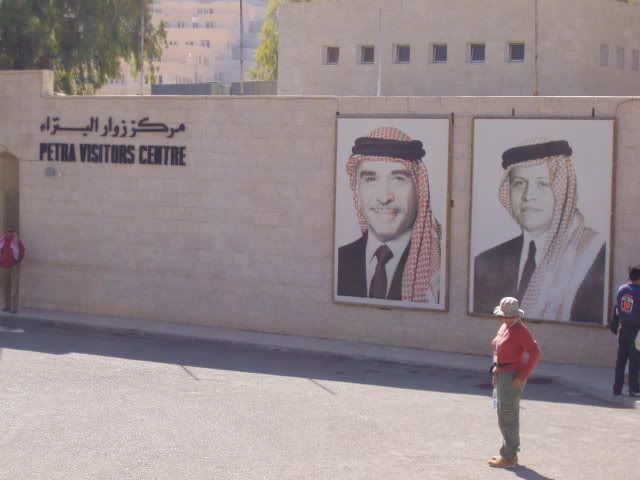
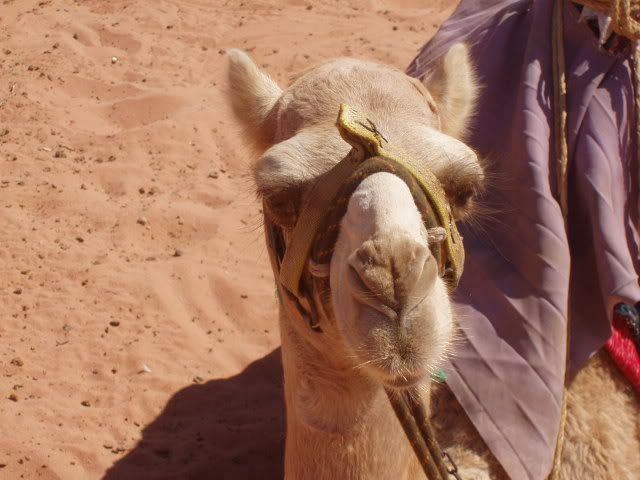
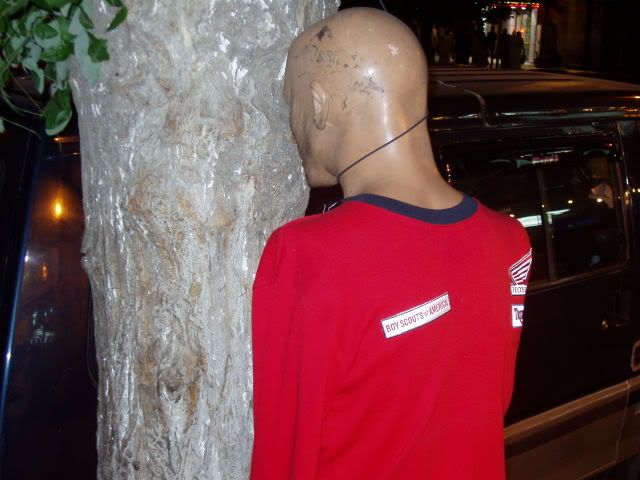



0 Comments:
Post a Comment
<< Home